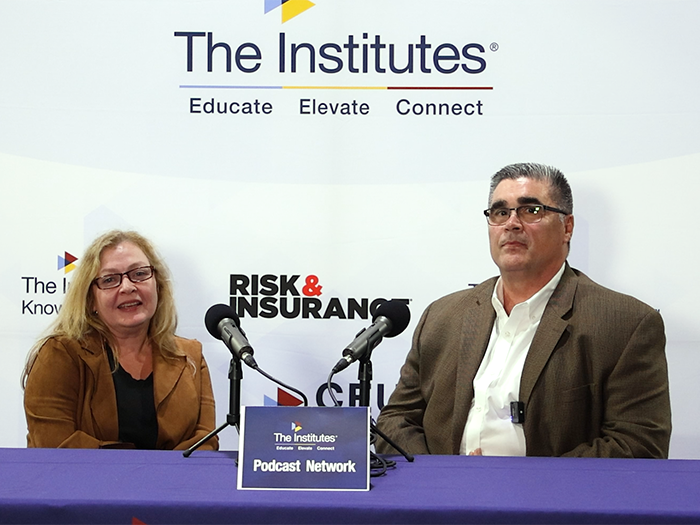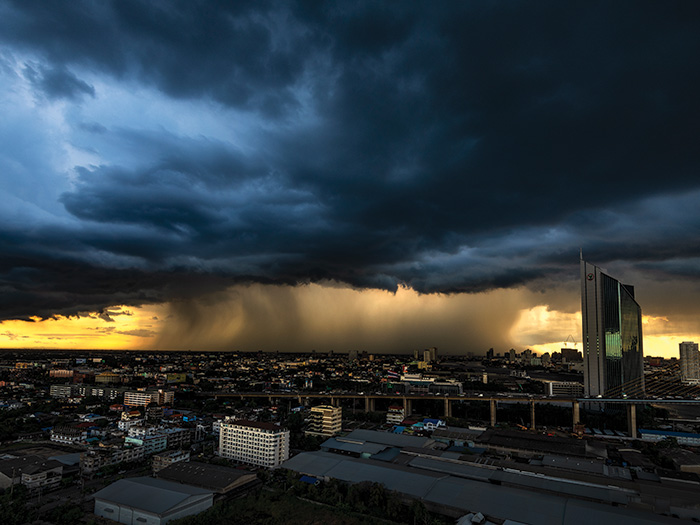Opinion | America, Don’t Kid Yourself: COVID’s Not Over Until It’s Over for Everyone
It was several years ago that I was the executive leader of an emergency operations center.
Our organization faced the threat of a strike of 1,600 of our frontline workers. We anticipated picketing outside company doors. The strike lasted 15 weeks and it was the longest 15 weeks I can remember in my risk management career.
As an organization, we knew in advance that union negotiations that year would be contentious.
We knew very well that a strike or lock out was a possibility. We knew that if workers went on strike, we would be in a service crisis.
So, we prepared.
We followed the key phases of successful emergency management design.
Prevention. Mitigation. Preparation. Response, and most importantly the Recovery phase.
We did try to prevent the strike. Union negotiators were well prepared and understood the threat. We mitigated possible damages by pre-emptively softening financial blows with proper budgeting and insurance products. We prepared by creating detailed alternate staffing plans, training, and built muscle memory with exercises well ahead of the bargaining unit negotiations.
We responded when the strike was underway.
We systematically dealt with day-to-day problems or issues around service delivery, supply chain and temporary staffing challenges.
We had a well-resourced emergency operating center guiding the organization through the strike. And this continued until the strike was over. We knew that this would signal the end of the crisis response phase.
At this point, we transitioned to the very important, often skipped, recovery phase. This phase is intended to consciously restore the organization. We needed to reintegrate resources, create new partnerships, and learn new policies. We needed to rebuild morale and stabilize the organization. It was in this phase, we learned as an organization to walk to the beat of a new drum.
After every crisis, things are different.
Even though you earnestly just want to return to what normal looked like pre-crisis, the reality is nothing is normal afterwards. Things are never the same after a crisis.
As I write this column, there is a very rapid increase in transmission rates of COVID-19 and its variants in Ontario, Canada. The province has declared its third emergency province-wide stay-at-home order and there seems to be no end in sight.
We are still responding to the pandemic crisis. We are nervous. We are weary. In many ways, anxiety rises when we hear our neighbors in America are “reopening.”
Apparently, the United States has signaled that the COVID crisis response phase is over. Even though the Canadian-U.S. border has been closed for over a year now.
Is it possible for America is planning to enter the recovery phase on their own? Can there be recovery anywhere unless this crisis is over everywhere?
This is so critical for us all. We need a cohesive signal indicating when we can start to recover, to stabilize. We need to risk assess, and plan for our inevitable “new-normal” and recovery.
Is anyone doing this? Have we dropped the ball on this critical last phase?
Successful emergency management requires this critical recovery phase, and it is best we do this in global unison. &










